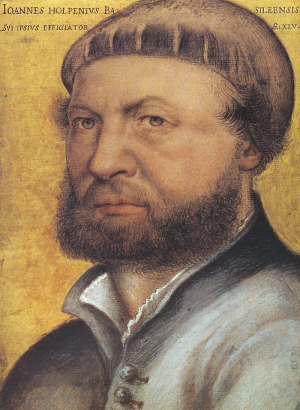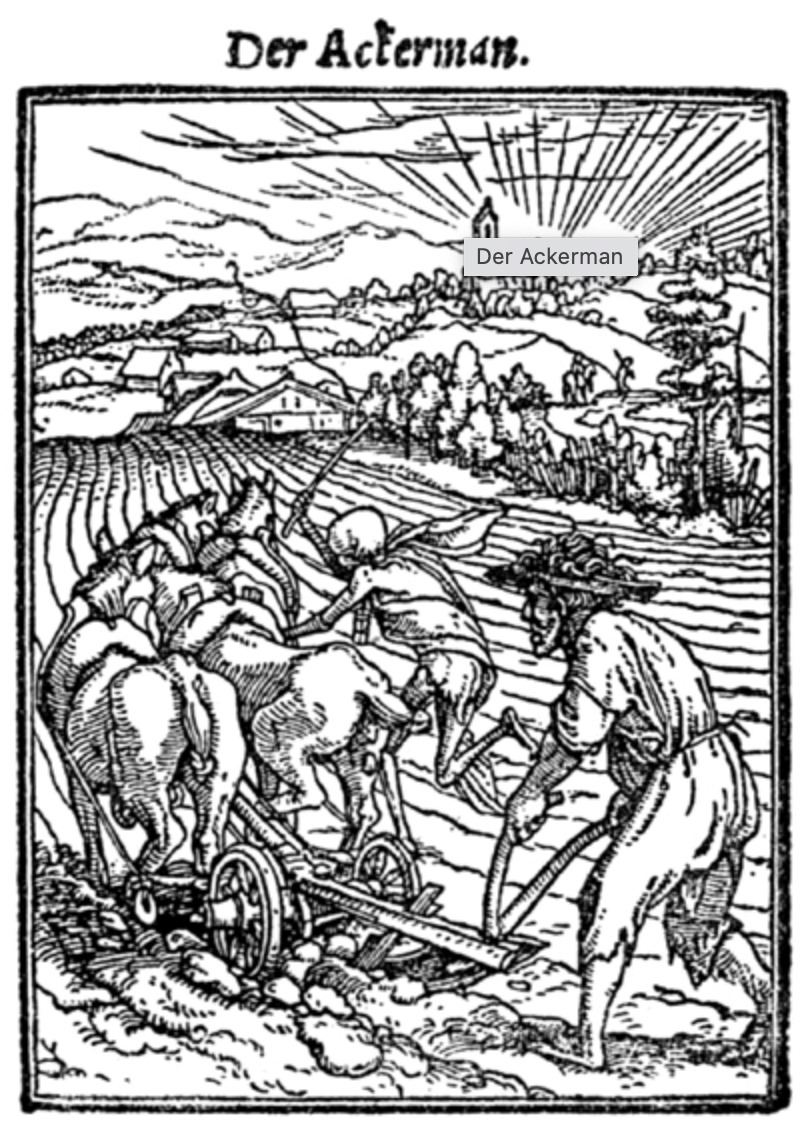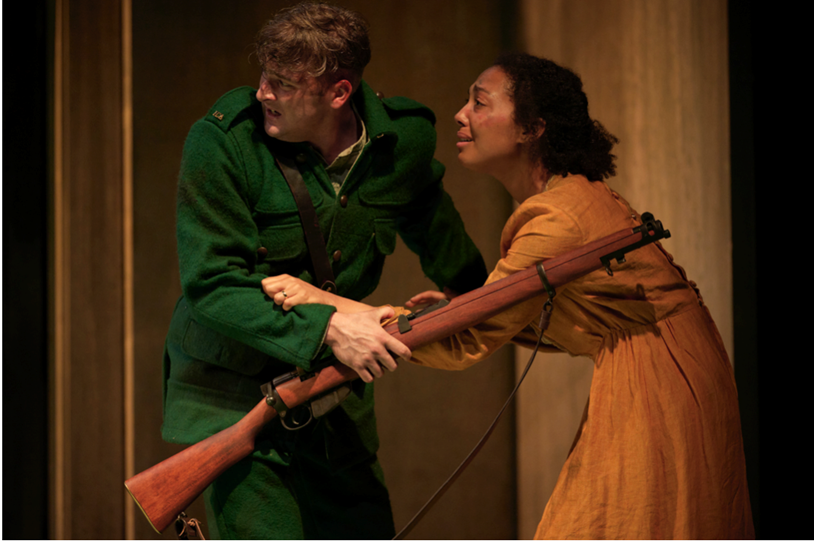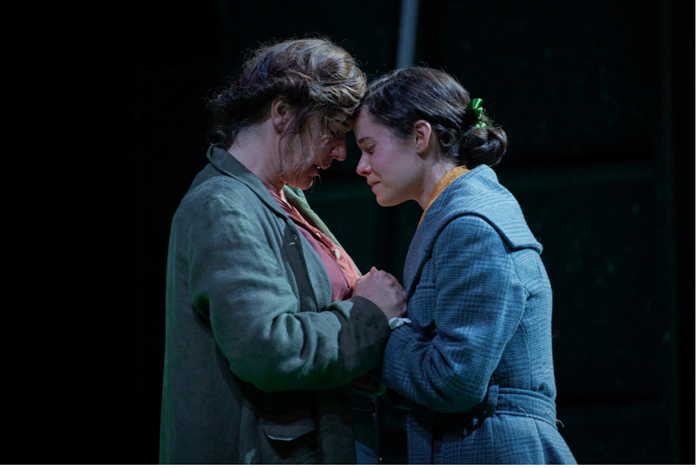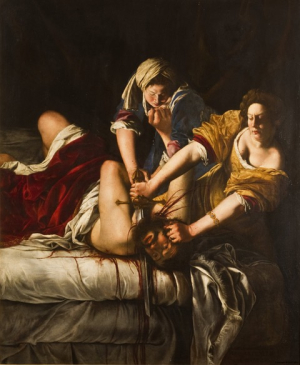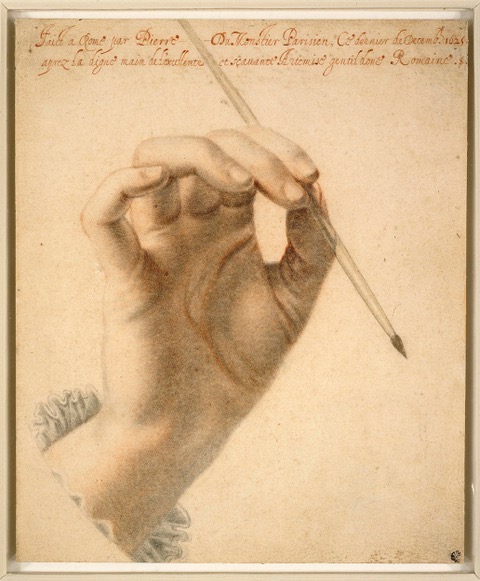
A monument to Lenin
On Wednesday, 30 October 1929, the following article was published in the German Frankfurter Zeitung, translated into German by M. Schillskaya from a Soviet newspaper. The original Russian article had appeared following the 5th anniversary of Lenin's death in that year. It inspired Bertolt Brecht's poem 'The carpet weavers of Kuyan-Bulak honour Lenin'. To mark the 100th anniversary of Lenin's death, I have translated the article here into English for the first time since it appeared 95 years ago. Brecht's poem follows the article.
Just as Brecht let the newspaper report speak for itself, we will do the same, in memory of Lenin's power.
A monument to Lenin
There were once many fertile steppes in Fergana.
Around Syr-Darya, rich fields spread out.
Wheat, barley, oats and rice flourished there.
Even now, the skies around Fergana are bright and the gardens there are shady and cool. Gardens and steppes fall like blue waterfalls into the sandy desert, the desolate solitude and the poisonous swamps. This region was once the scene of great migrations of peoples, giant cities surged here, merchants, cobblers and kings lived in large dwellings. Young men made love tempestuously, Khans fought each other, and old men died peacefully. Now sand swirls and trickles here, blowing away the traces of the peoples and the last sad remnants of the hearths. Winds come from the Caspian Sea, hares are sucked in by the swamp, and the mosquitoes swarm over these marshes, more powerful than birds of prey. Once a fortnight the train comes through the Kuyan-Bulak railway station.
It whistles in the distance, emits hoarse cries at the sharp bends behind the sand drifts, or trills young and adventurously. The stationmaster then puts on his new cap and goes out to set the signal for entry. If the locomotive shouts young and shrill, it means that it will speed past the small Kuyan-Bulak station, leaving only a little smoke and a whiff of long distances on the platform. But if she screams hoarsely and with the last of her strength, you know that the train will stop in Kuyan-Bulak. It will bring water, hope and news. Then the whole of Kuyan-Bulak gathers on the platform. The cobbler Vasily Solntse and the community leader’s wife in an antediluvian smock, Semen Nikitish Trobka and the Red Army soldiers, white-blonde, light-coloured northerners. Two cisterns form the tail of the hoarse train, they bump against each other with their buffers, carefully painted with red oil paint, they bear the inscription “For petroleum”, but underneath it is written in chalk “For drinking water”. This water is intended for Kuyan-Bulak and should last for a fortnight. It always smells of petroleum, but everyone has got used to it and no longer notices it. Water without this odour would seem strange and unclean to the inhabitants of Kuyan-Bulak. They think that all water on earth tastes of petroleum and iron rust. The stokers and labourers of this slow train adjust the buffers for a long time, rattle chains, swear, smoke machorka and for some reason crawl under the train. The inhabitants of Kuyan-Bulak watch them with glee and never-ending curiosity.
Then the train moves on. The other train with the young, fresh voice races past, behind its windows lie strange, distant worlds as though in a fog. You only catch glimpses of blurred faces, suitcases and teapots. Sometimes you are lucky and catch a phrase of a song, but everything immediately scatters in the wind. The cobbler Vasily Solntse gazes after the train for a long, long time, his eyes glued to the railway tracks, to the steel lines of human migration. The stationmaster and the cobbler Vasily, the stationmaster’s wife in her antediluvian smock, Semyon Trobka and the Red Army guards, they all go home again. The station is quiet once more, there are few people here, the sky is bright and the swarms of mosquitoes are very large. Solntse the cobbler goes into his house, where behind the smoke-engulfed geraniums in the window, there are lots of pickled cucumbers, mandolin leaves and, for some reason, a mass of empty ammonia bottles.
Semyon Trobka has left the platform and sees Agripina Ivovna, the stationmaster’s wife, in the window. She is staring at the tracks and has wrapped herself in her dressing gown, decorated with birds, clouds, horsemen and flowers. She is freezing, shaken by fever as if she were sitting in a farmer’s cart. The white-blonde, fair-skinned Red Army soldiers are lying on their plank beds and chattering teeth can be heard from all the plank beds. They came here a year ago to protect the station from raids. They are all strong, giant Russian blokes, but they all suffer from the same illness - homesickness. When they have their attacks, they hunch over and all dream of the large, pale green meadows around Sudali (there may be a print error here, or else the town no longer exists) or Kaluga. They are also suffering from malaria, common in such places.
As soon as evening falls, all the inhabitants start shivering from the cold. From the highest authority, the stationmaster, to the half-wild Sarts living in their yurts, they all suffer from the terrible swamp disease, malaria. It is a gruesome hour when the sun disappears behind the sand drifts. Behind the railway station, white mountains of camel bones shimmer, and behind this ancient camel graveyard, a dense cloud of mosquitoes rises, humming and singing. The bite of the malaria mosquito is sharp and its hum is piercing. The whole railway station is filled with the song of mosquitoes, the swarms of mosquitoes enter the houses through the closed shutters and crawl under people’s clothes. Then the poor, orphaned Sarts, descendants of the Kokand Khans whom Peter the Great colonised, squat in their yurts, shaken by fever, dreaming of the distant, wondrous gardens in Namanhan, where it is cool and shady and a mild, yellow sun shines through wild apple trees and maples. Meanwhile, the Red Army soldiers whisper with hot lips on their beds. “At this time of year, the forests of the Kaluga region are in full bloom and the cows are calving.”
To suppress malaria, the swamp has to be doused with a layer of petroleum, but there is no petroleum at the Kuyan-Bulak station, it’s a long way to the town, and to get there is a lot of bother.
*
This is how many small railway stations in Soviet Russia lived and still live today. Apart from his wife and the few people at the station, the stationmaster never spoke to anyone for more than five minutes, because the trains never stop for more than five minutes. Last year, however, this withered and lonely station became the scene of a major event.
At the end of December, Stepa Gamalev, the Red Army man, with the agreement and co-operation of the stationmaster, the only administrative representative, and with the help of Vasily Solntse, the only representative of the proletariat, arranged a meeting of all the inhabitants of Kuyan-Bulak, Hare Spring in the local language. Vasily Solntse walked along the only street in the village and asked everyone to turn up at the Hare Spring tomorrow at sunrise. The inhabitants of Kuyan-Bulak tore themselves away from their looms and gazed after the man for some time. The next morning, the whole of Kuyan-Bulak had turned up at the Hare Spring. Stepa Gamalev took the floor and addressed the humble citizens of the U.S.S.R, the Union of Soviet Socialist Republics. He said that the day on which Lenin was to be commemorated was approaching. He said that on that day the life and deeds of this man would be spoken of in Moscow and in all the Soviet states of the republic, and that in his native village, in the Kaluga region, all the peasants would gather in the reading hall. He said that even the small, forgotten Kuyan-Bulak would have to acquire a plaster Lenin.
The orphaned, poor descendants of the Kokand Khans no longer dreamed of the wondrous gardens of Namanhan, they listened attentively to the strange man and remained silent. When Stepa Gamalev switched to commercial prose and explained to them that they would need money to buy such a Lenin, they nodded their heads understandingly in their high, pointed caps. After a week had passed, they brought the products of their labour, which had cost them many a sleepless night, into town on the clattering railway. With much haggling and bargaining, they sold their carpets to the merchants, and when they returned home, they gave the fourth part of their earnings to the Russian man, for Lenin.
There is no twilight in Kuyan-Bulak. Night here immediately turns into bright day, as if an electric light switch had been turned on, and just as quickly the bright day turns into a dark night. The fever shook the inhabitants of this small station more and more violently. Malaria brooded over the station like a smouldering, poisonous fire, and it was barely possible to catch one’s breath. In January, before Stepa and Vasily left for the town to do the shopping they had arranged, a second meeting of all the inhabitants of Kuyan-Bulak was held at the Hare Spring.
This time everyone came without hesitation, and Stepa Gamalev again spoke good words that penetrated deep into the hearts of the Sarts. He said that Kuyan-Bulak was one big fever. To suppress it, it would be necessary to pour a thin layer of petroleum from Semipalatinsk over the swamp behind the ancient camel graveyard; the mosquito swarms would die from it. It would be better to buy petroleum for the joint money instead of the plaster bust, because then the Sarts and Russians would no longer be shaken by fever at night. And it would also be a much better monument to Lenin, because he always looked after the Sarts and Turkmen and other tribes. The Sarts understood him immediately and nodded their heads vigorously in their high, pointed caps.
Two weeks later, on 21 January, the train to Kuyan-Bulak arrived as usual and, as usual, it shouted from afar in a hoarse voice at the sharp bends. The station master put on his new cap and went out to set the signal for entry. And as always, the whole of Kuyan-Bulak left the looms and came to the station. This time the train brought three cisterns. The third contained petroleum. The train was greeted with shouts of joy and the earlier sleepiness was blown away. The engineers, who had been travelling this route for a lifetime, were amazed. Clamour in Kuyan-Bulak? And when the train left the station five minutes later, leaving behind only a little smoke and the whiff of long distances, the inhabitants of Kuyan-Bulak, led by Stepa Gamalev, set to work.
The poor, orphaned descendants of the Kokand Khans took filled buckets in their hands and all went to the swamp, all of one mind. On that day meetings and assemblies were held all over the republic, enthusiastic speeches were made in towns and villages and good deeds were performed in Lenin’s memory. The requiem roared over hamlets, villages and large cities. Streams of black petroleum flowed over the swamp behind the Hare Spring.
If you ever use the Central Asian railway line and pass the small Kuyan-Bulak station, remember that this name means Hare Spring. The train only stops there for five minutes and, if you have time, you will see a red rag on the station building with the inscription:
This is where Lenin’s monument was to stand, but instead of the monument, petroleum was bought and poured over the swamp. This is how Kuyan-Bulak extinguished malaria in Lenin’s name and memory.
You will hardly have time to finish reading this inscription, because the train will only stop for five minutes, the locomotive will scream with its hoarse voice and rush off into the yellow sandy desert. You will speed past a few houses with smoke-covered geraniums in their windows, and grey hares will leap away across the sand drifts, scared to death.
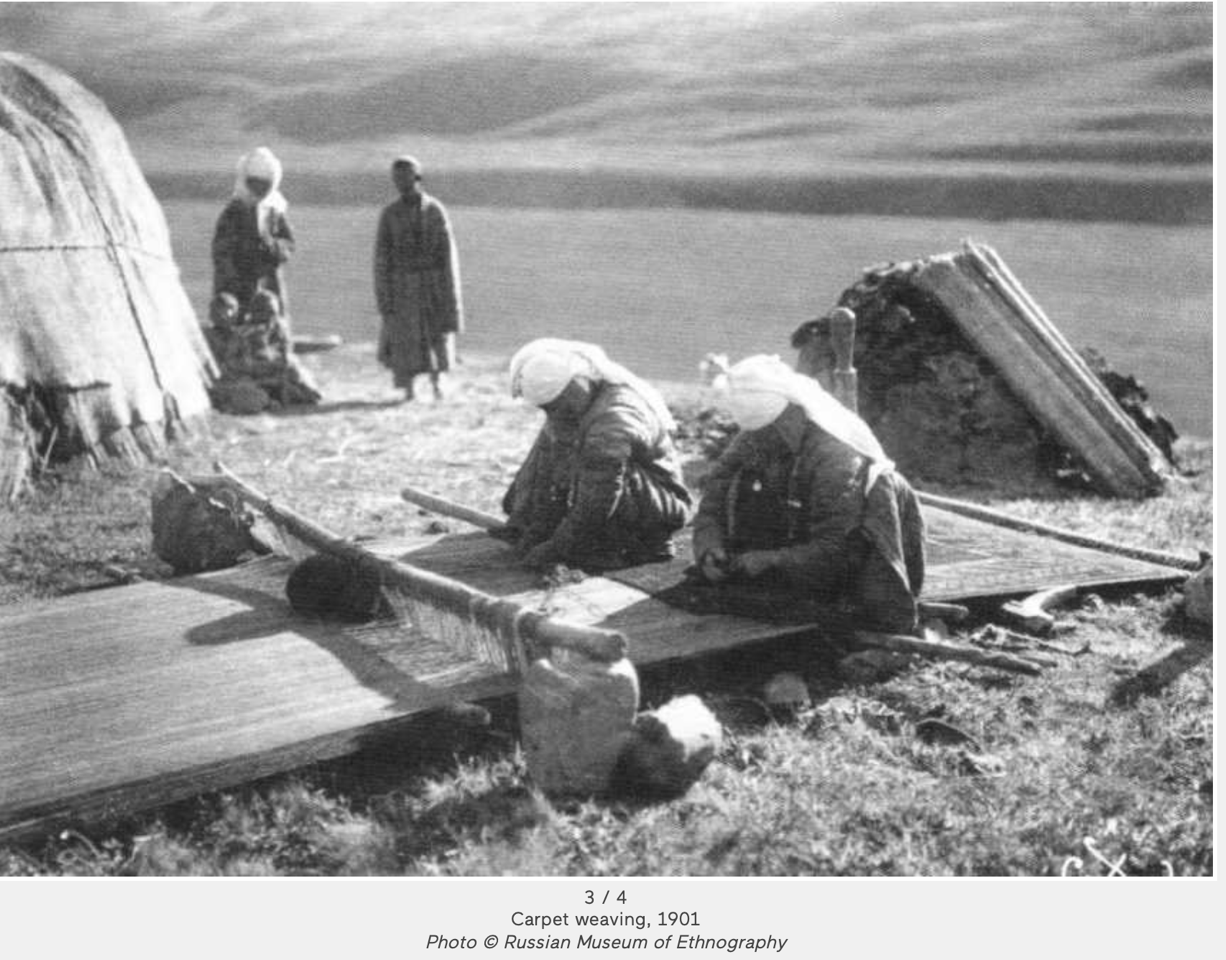
The carpet weavers of Kuyan-Bulak honour Lenin
by Bertolt Brecht
1
Often and copiously honour has been done
To Comrade Lenin. There are busts and statues.
Cities are called after him, and children.
Speeches are made in many languages
There are meetings and demonstrations
From Shanghai to Chicago in Lenin’s honour.
But this is how he was honoured by
The carpet weavers of Kuyan-Bulak
A little township in southern Turkestan.
Every evening there twenty carpet weavers
Shaking with fever rise from their primitive looms.
Fever is rife: the railway station
Is full of the hum of mosquitoes, a thick cloud
That rises from the swamp behind the old camels’ graveyard.
But the railway train which
Every two weeks brings water and smoke, brings
The news also one day
That the day approaches for honouring Comrade Lenin.
And the people of Kuyan-Bulak
Carpet weavers, poor people
Decide that in their township too Comrade Lenin’s
Plaster bust shall be put up.
Then, as the collection is made for the bust
They all stand
Shaking with fever and offer
Their hard-earned kopeks with trembling hands.
And the Red Army man Stepa Gamalev, who
Carefully counts and minutely watches
Sees how ready they are to honour Lenin, and he is glad
But he also sees their unsteady hands
And he suddenly proposes
That the money for the bust be used to buy petroleum
To be poured on the swamp behind the camels’ graveyard
Where the mosquitoes breed that carry
The fever germ.
And so to fight the fever at Kuyan-Bulak, thus
Honouring the dead but
Never to be forgotten
Comrade Lenin.
They resolved to do this. On the day of the ceremony they carried
Their dented buckets filled with black petroleum
One after the other
And poured it over the swamp.
So they helped themselves by honouring Lenin, and
Honoured him by helping themselves, and thus
Had understood him well.
2
We have heard how the people of Kuyan-Bulak
Honoured Lenin. When in the evening
The petroleum had been bought and poured on the swamp
A man rose at the meeting, demanding
That a plaque be affixed on the railway station
Recording these events and containing
Precise details too of their altered plan, the exchange of
The bust for Lenin for a barrel of fever-destroying oil.
And all this in honour of Lenin.
And they did this as well
And put up the plaque.
This translation is taken from: Bertolt Brecht. Poems 1913-1956. John Willett and Ralph Manheim (eds.) with the co-operation of Erich Fried, London, Eyre Methuen, 1976.




